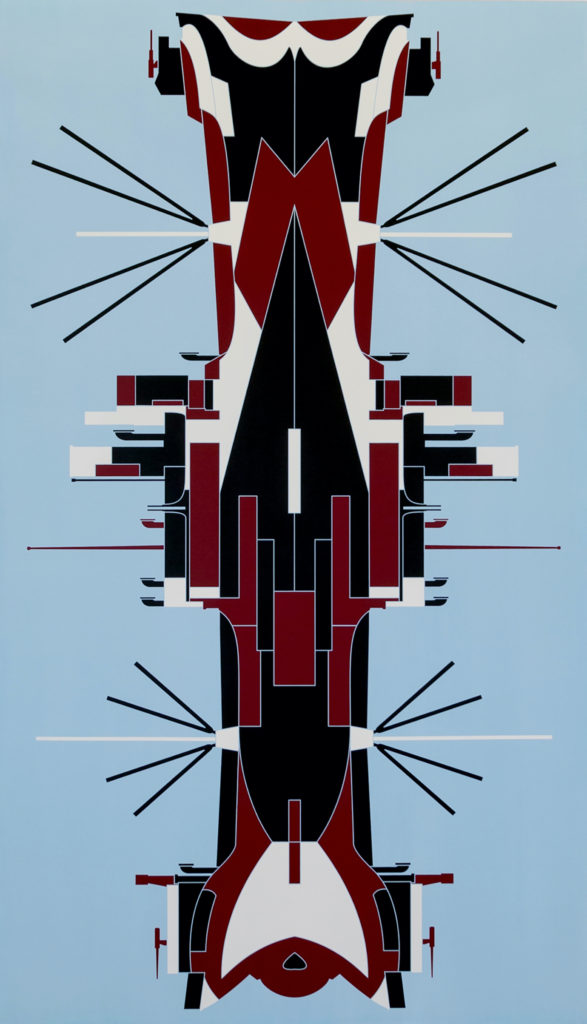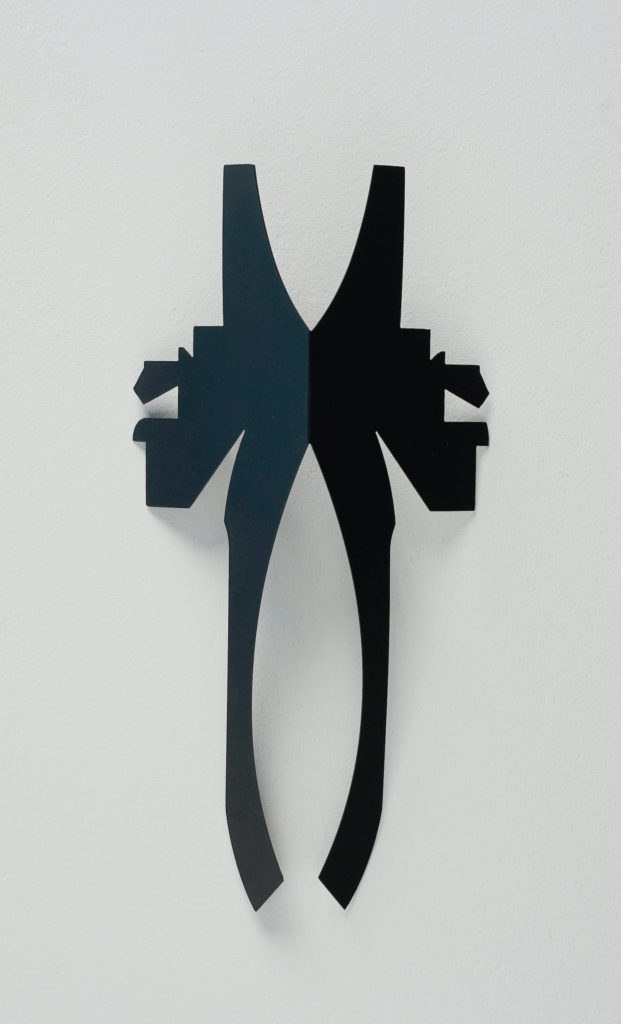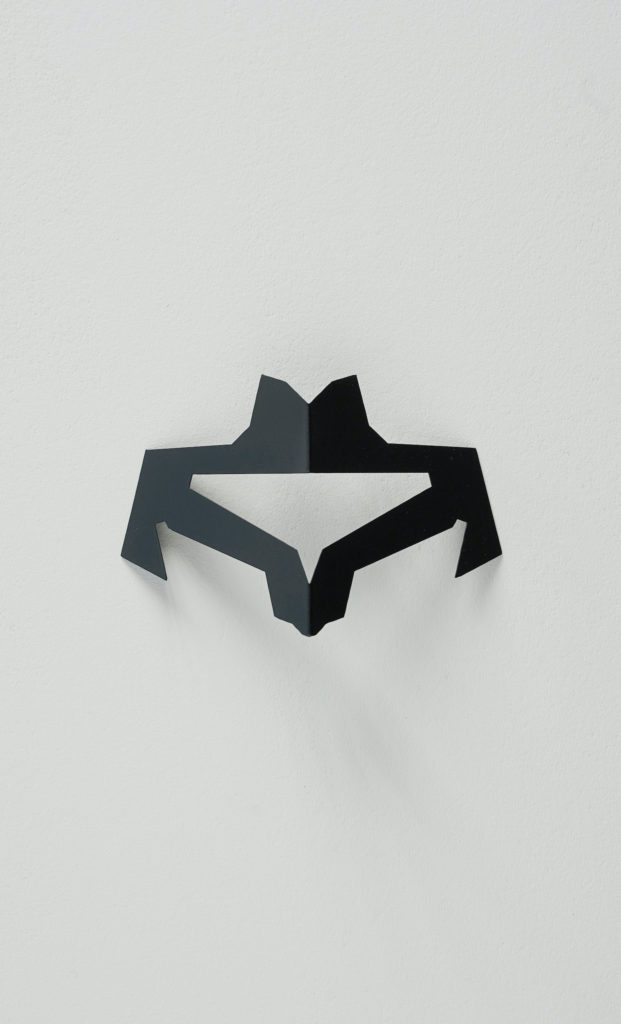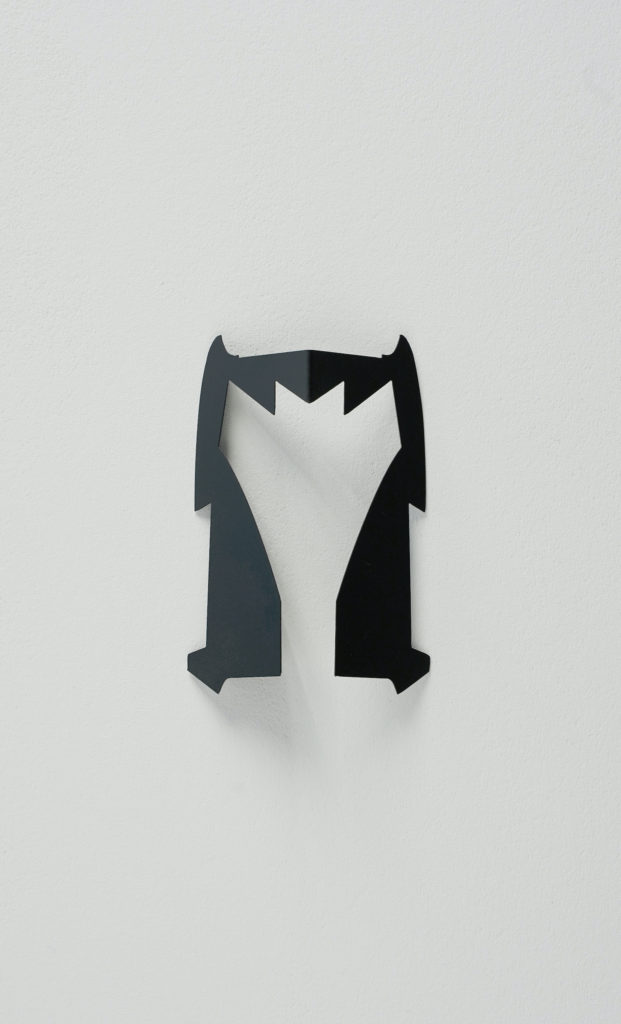My project “A Universal Alphabet” takes as starting point the patterns of the so-called Razzle Dazzle Camouflage. This camouflage, which was used on British and American ships during the First World War was intended to prevent the German submarines from specify the direction and speed of ship and thus make targeting more difficult. The patterns consisted of geometric forms painted in contrasting colours. The authorship of the camouflage was claimed by three different people: the artist Norman Wilkinson, the zoologist John Graham Kerr and Pablo Picasso.
The three very different stories of the creation of Razzle Dazzle Camouflage brought me to break the patterns down into their smallest units and expose their primary forms. These carry the echo of indigenous cultures from Latin America, Africa, Australia and Asia and reveal a graphic alphabet, which has been used around the globe since the dawn of mankind, until it reached European warships at the turn of the 20th century as a new kind of colonial appropriation.
In this work I reflect on the universality of these patterns. In investigating these forms, I lay down their visual code freely and experiment with different formulations. For this series of paintings I turn the camouflage sketches from 1916, mirror them on their longitudinal axis and used the original colour palette. They become totems, giant insects, demons or masks.










Background: The Order Of Everything, 2018, painted steel, 750 pieces
Installation view @ Sfeir-Semler Gallery, Beirut








Collaboration with Franziska Furter

Collaboration with Franziska Furter